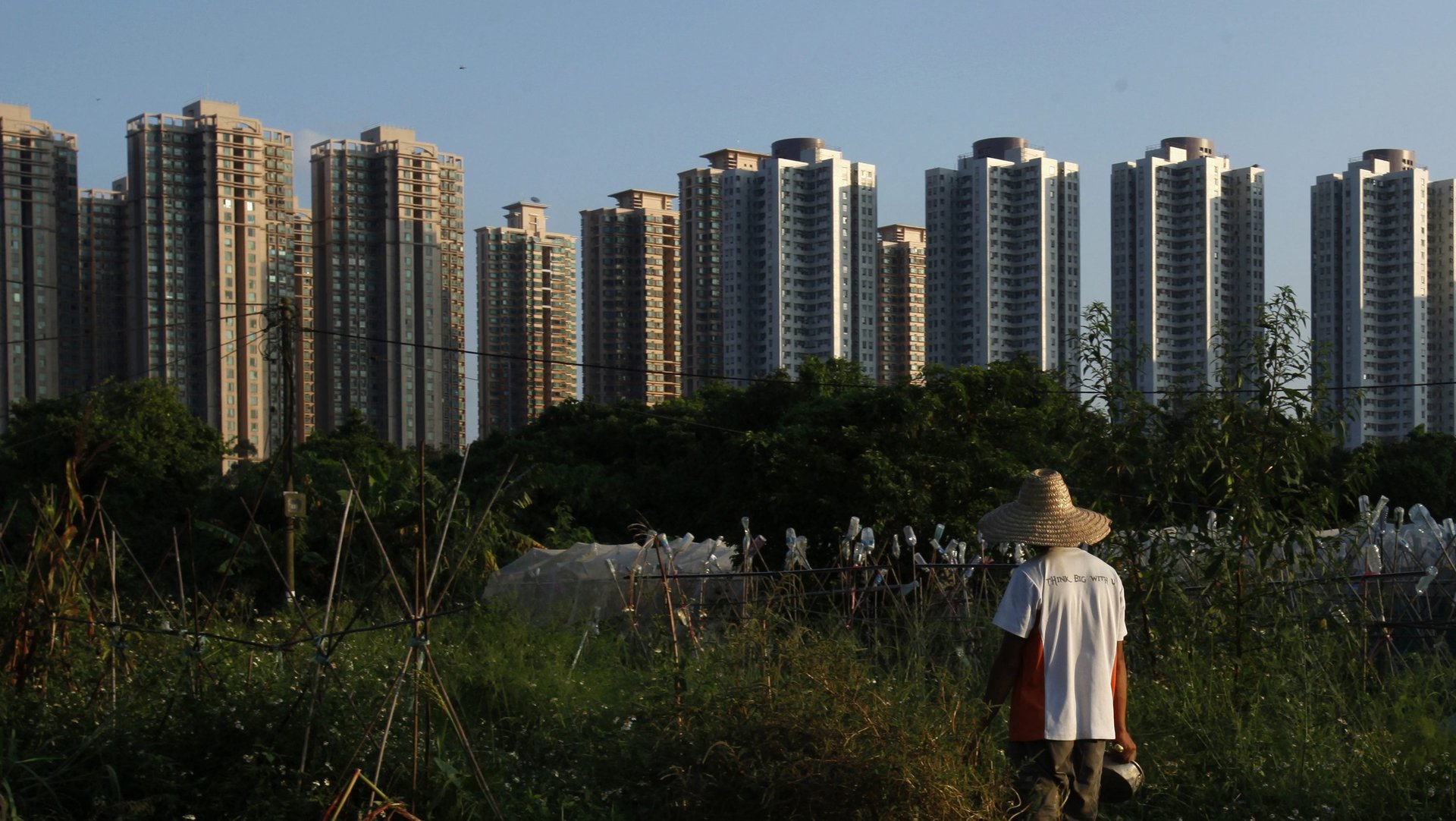Planting rice is a subversive art form in land-starved Hong Kong
Think Hong Kong and images of farming do not likely come to mind. The high-density city imports nearly all its food and features the world’s least affordable housing. Meanwhile most land is owned by the government, which sells it on leaseholds and keeps prices high via the slow and pricey release of buildable real estate.


Think Hong Kong and images of farming do not likely come to mind. The high-density city imports nearly all its food and features the world’s least affordable housing. Meanwhile most land is owned by the government, which sells it on leaseholds and keeps prices high via the slow and pricey release of buildable real estate.
In such a setting, the simple act of planting rice can be a form of protest, as demonstrated by environmental artist Monti Lai. In the past four years, Lai has been going around Hong Kong’s 18 districts planting rice in publicly owned pots not meant for that purpose, whether along roads or outside government buildings and subsidized housing estates.
Both humorous and subversive, her guerrilla project—highlighted in a recent exhibition—protests against land policies and serves as an exploration of history and identity. It brings into focus the difficulties of those who still would be farmers.
“Rice is a special crop, not like other regular vegetables, especially here” says Lai, who was educated in Hong Kong and Finland. “It is very important. It tells us about history, culture, art, politics… everything.”
She did her research. To see what the city looked like 50 years ago, Lai consulted the records of the Hong Kong Lands Department. She discovered that, as in the rest of southern China, rice was a rather common crop in areas that are now known for extremely high density.
Today, Lai can be spotted traveling around the city with what she calls a “mobile rice planter unit,” essentially a bicycle and bucket full of long green rice stalks growing out of soil. As she goes about her subversive planting, she says, “many older people get quite engaged with this, giving advice and solutions on how to solve issues like bugs, water irrigation, type of soil. It turns out, many were farmers, and had grown rice before.”
By contrast, gardeners working at government sites “often cut down the rice, as they probably think it is weeds,” she notes.
Since the pro-democracy demonstrations of 2014, the political atmosphere in Hong Kong has changed substantially. The “Umbrella Movement” protests, which called for universal suffrage and open nomination for electoral candidates, ended without concessions, and the government is now going after the protests’ leaders through court cases.
But if mass rallies have taken a back seat (at least for the time being), Lai’s form of engaged art shows that the desire to have a greater say in the workings of the community has not vanished.
“What I do is not really about horticulture,” she says. “It is a statement, a way of saying that we are not willing to give up ever more land for yet another building. We must be able to keep farming.”